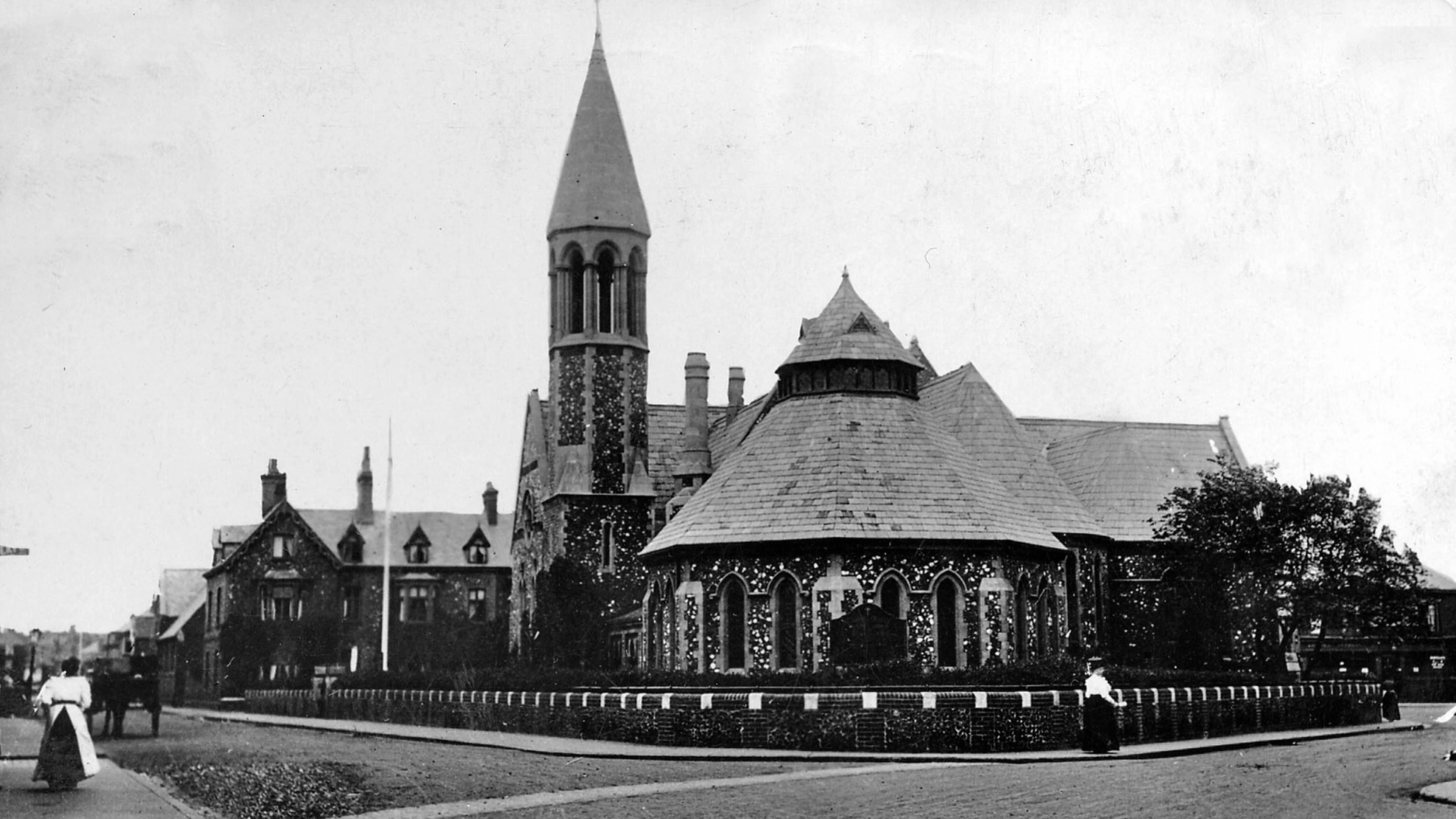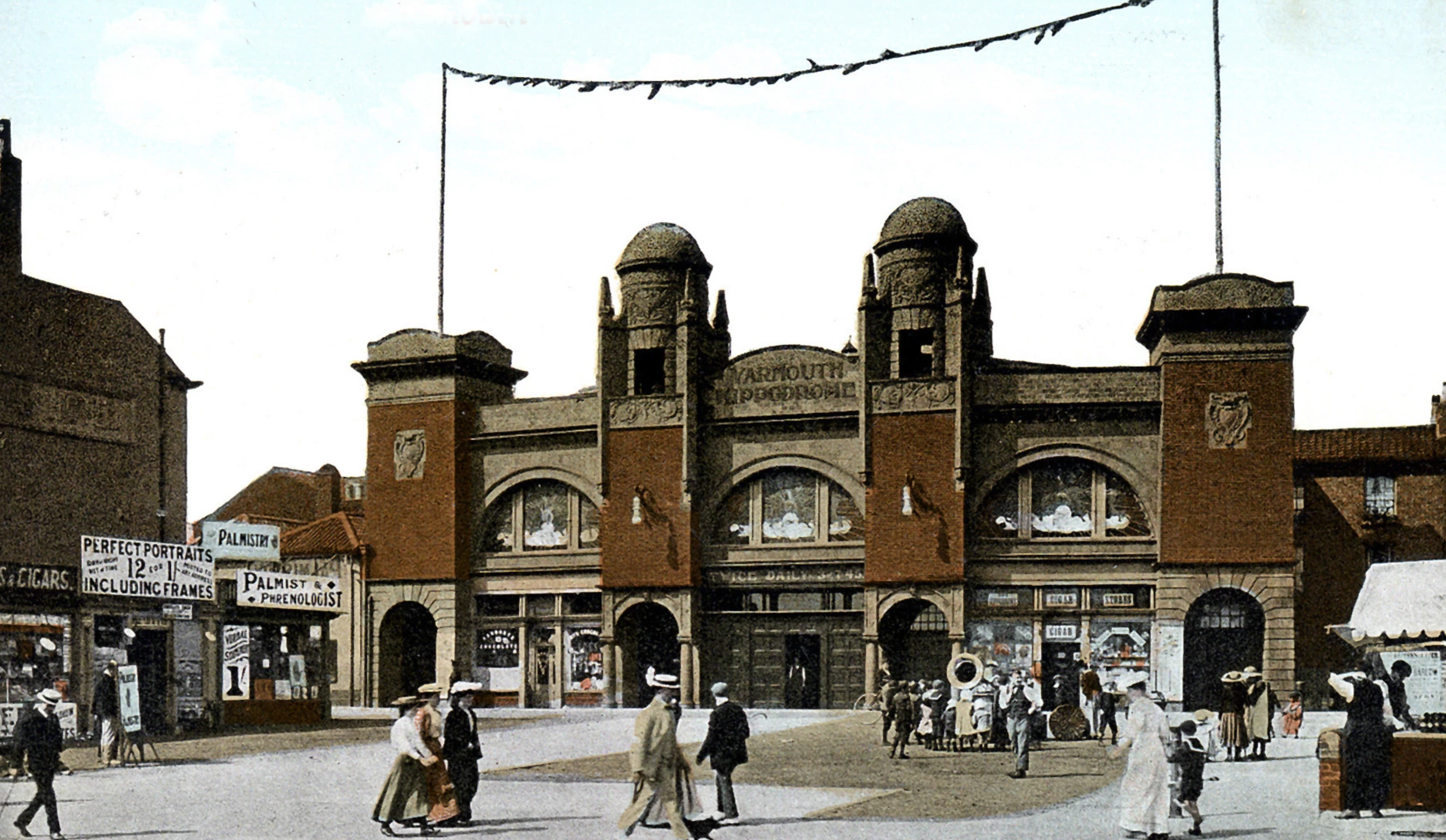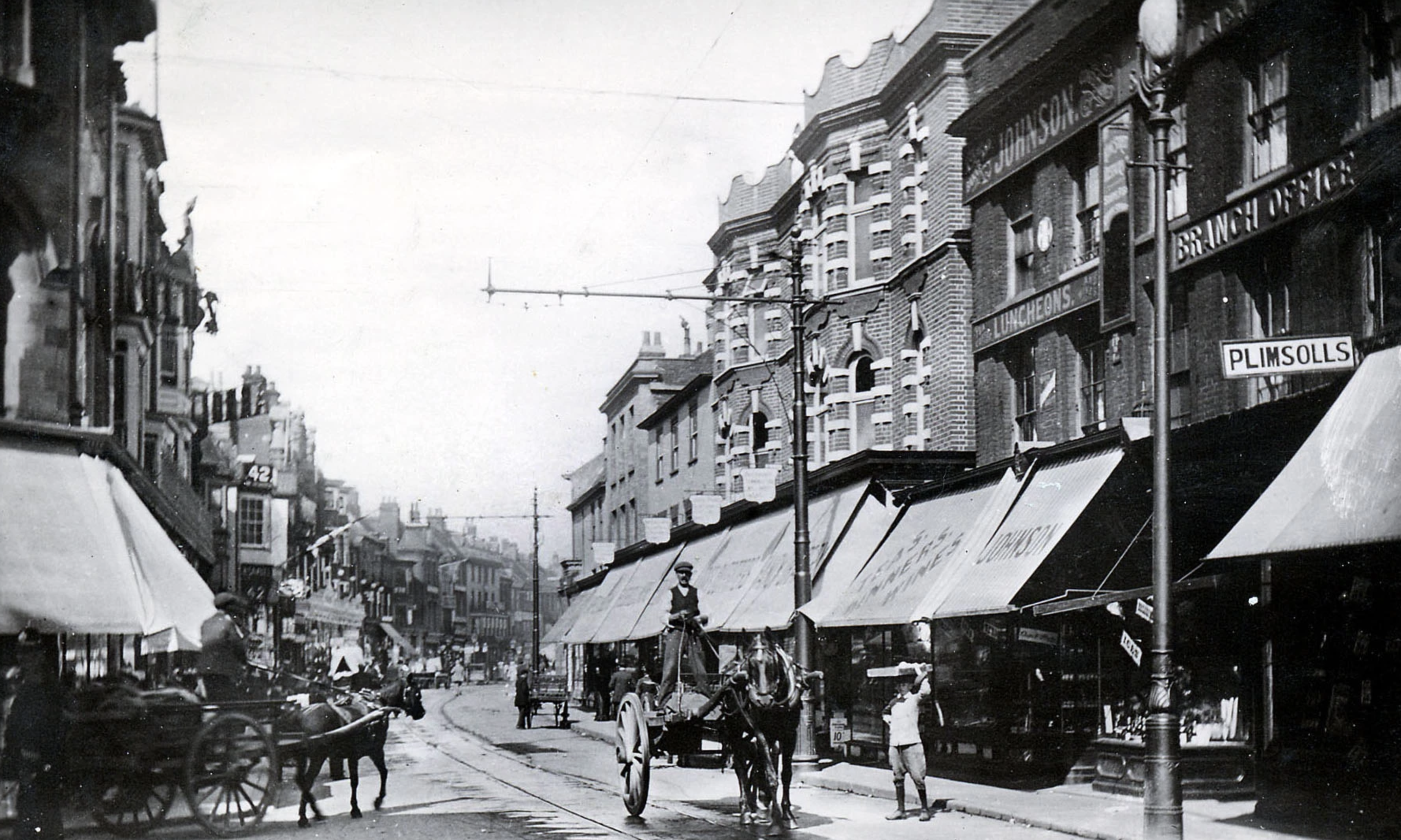Benedictine Priory

In 1101, Bishop Herbert de Losinga (1094-1119) founded the church of St. Nicholas and with it a small Benedictine cell under the control of Norwich Cathedral. The monks (three chaplains and a deacon appointed by the prior) served the parish church. The priory establishment was later increased to a prior and eight monks with a number of singing men until the Reformation. The priory was enlarged in 1260.
The only surviving part of the priory is the great hall of 1260, which was probably used as a refectory. The hall is 60 feet long and 30 feet wide. A minstrels’ gallery was erected at the east end of its south side. A stone screen, bearing the arms of East Anglia, Ancient France, England with Castille and Leon, divided the hall from the buttery. The screen is an extremely fine and rare survival. It consists of a five-bay arcade. The four large windows with tracery light the hall and are contemporary with the screen.
At the Dissolution of the Monasteries, the priory remained under the control of the Dean and Chapter at Norwich Cathedral. In 1551, they leased the priory to Robert Sowel for 80 years. The prior’s lodgings were demolished at the time of the civil war and the cloisters were used for storing powder and shot. The cloisters were demolished in 1811 and the shields of the arms of France and England were removed from the priory screen and were inserted on the front of the south porch St. Nicholas’ Church. Many of its other buildings were converted into cottages. The great hall was filled with so much rubbish that access could only be gained through a window. The hall was used as a stable by one of the local doctors. A hay loft ran through its entire length. It is thought that the Old Vicarage stands on site of the priory’s gatehouse.
Following the fall of the suspension bridge over the River Bure in 1845, when many children drowned, money was raised to convert the great hall into a school and extensions were built in a Gothic Revival style, The school, maintained by the Church of England, opened in 1853.
Many notable people have stayed at the priory, including Richard II in 1382 and Mary Tudor, the daughter of Henry VII in 1515. In 1578, Elizabeth I cancelled her visit to the priory as the plague had broken out in Norwich. She sent Lord Leicester and Lord Cecil in her place.
The school established in 1853 catered for boys and girls of all ages. In 1958, the senior children located to the Styles School leaving the school as St. Nicholas Priory Church of England voluntary aided primary school. This school amalgamated with the Hospital School and re-located to the Market Place in 1999. The priory complex then became the Priory Community Trust.
The great hall of the priory being used as a stable (Cotman)



